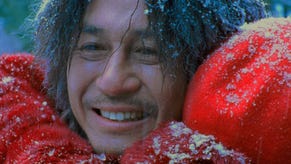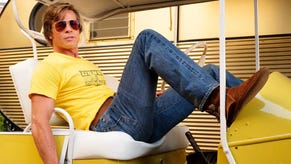Oculus Rift working on solution to motion sickness symptoms
Oculus Rift's development team is looking into ways to reduce or nullify simulation sickness, a motion sickness-like side effect of VR headset use which affects some users.
During a GDC Europe talk, as reported by Polygon, Oculus Rift's Nate Mitchell said the team is working on a solution.
"In motion sickness there's all this motion but you don't visually perceive the walls and ceilings are moving. This is what creates the conflict that makes you dizzy. With simulator sickness it's basically the inverse. These are all the things you want to avoid as game developers," he said.
"VR systems still have a long way to go here, but this is the sort of thing developers like Oculus need to make."
Neither motion sickness nor simulation sickness are well understood; only some people experience either or both, and there's no real cure, treatment or preventative besides "don't participate in activities that cause it". Mitchell listed the kinds of graphical effects which are likely to trigger simulation sickness - backwards or quick lateral movement, changes in altitude like staircases, minimal shifts to the horizon line and debatably head bob.










